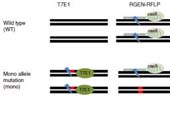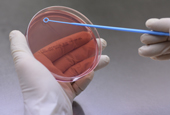A complete genome map containing the genotype and the genome sequencing for all Koreans has been established for the first time.
The Korea National Institute of Health (NIH), part of the Korea Center for Disease Control & Prevention (CDC), unveiled the genome reference map for all South Korean citizens on January 26, saying that it can be used as a basis for healthcare research.
The genome reference map shows the sequencing variations and the frequency of particular DNA markers on a chromosome. The data covers the whole genome -- the full set of chromosomes -- forming a complete collection of DNA. This data can be used as the base for research into a range of diseases. The whole genome is a combination of the DNA inside the genes and all DNA sequences from other areas. The variance in DNA sequencing occurs because all individuals have a different DNA sequence in the same location of their genome.
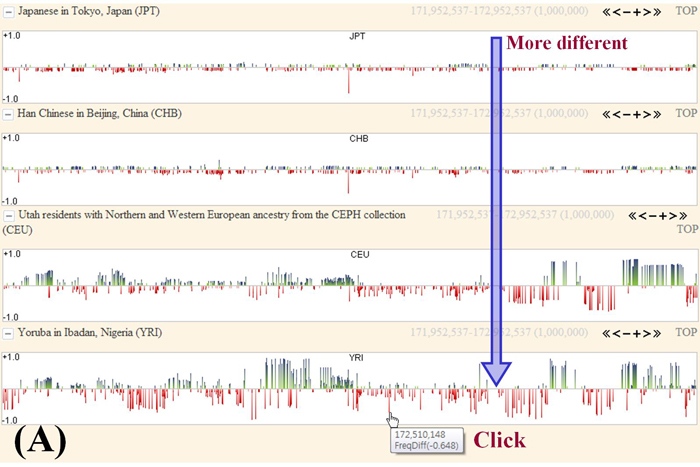
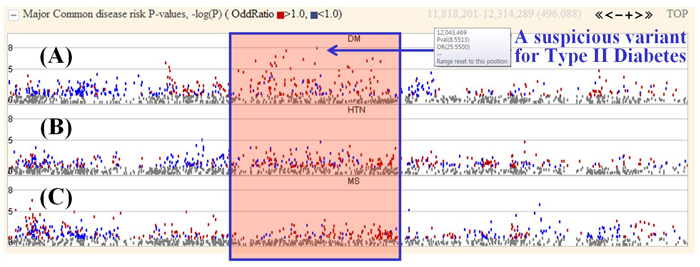
This new genome map is based on the complete genome sequence of 400 people and their genotypes. Researchers extracted their DNA and secured the genome sequence information using a method of next generation sequencing (NGS), establishing a useable database.
The unveiling of this genome map has established a basis for a more advanced understanding of the average Korean's genome sequence. In the past, there was reference information available for gene sequencing variations of many different ethnic groups, but there wasn't one specific reference point for ethnic Koreans. Genetic variations have different effects on blood pressure, liver enzymes and the number of blood cells, depending on ethnic type. Thus, an entire genome map can be used as an essential data tool for research into the cause of diseases to which any particular ethnic group is particularly susceptible. The dataset can also be used as reference material for research into genomes of rare diseases that are caused by genetic variations and that have yet to reveal themselves.
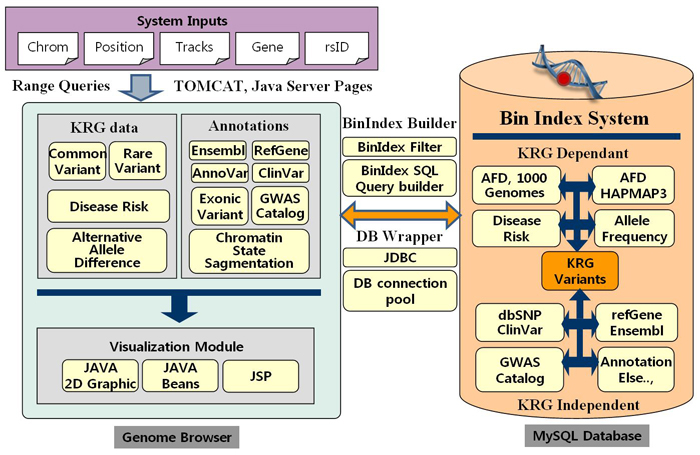
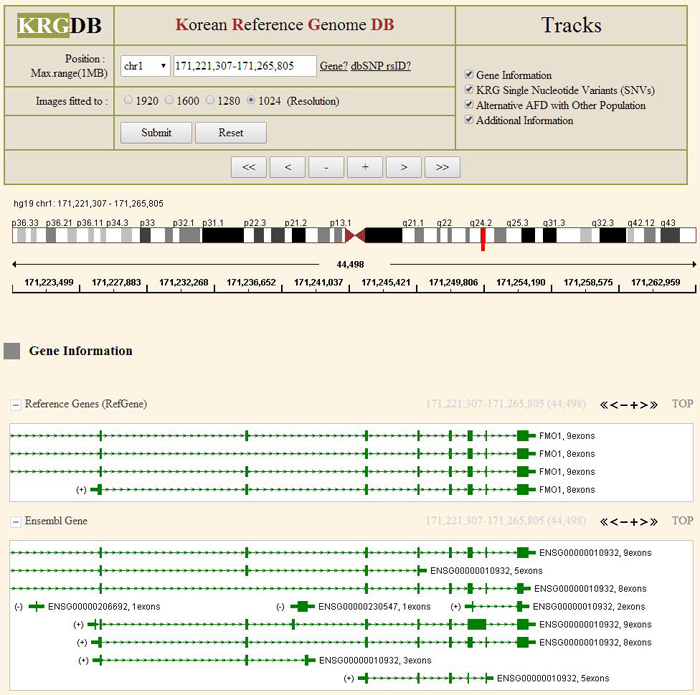
The unveiling of a genome map is part of the "post genome project" that began in 2014 that is jointly run by five different government ministries.
The information on variations of certain genomes and the complete reference genome database is accessible in the Biological Science Information menu of the CDC's homepage (www.cdc.go.kr).
By Limb Jae-un
Korea.net Staff Writer
jun2@korea.kr

The Korea National Institute of Health (NIH), part of the Korea Center for Disease Control & Prevention (CDC), unveiled the genome reference map for all South Korean citizens on January 26, saying that it can be used as a basis for healthcare research.
The genome reference map shows the sequencing variations and the frequency of particular DNA markers on a chromosome. The data covers the whole genome -- the full set of chromosomes -- forming a complete collection of DNA. This data can be used as the base for research into a range of diseases. The whole genome is a combination of the DNA inside the genes and all DNA sequences from other areas. The variance in DNA sequencing occurs because all individuals have a different DNA sequence in the same location of their genome.


The diagram shows the process of building a complete genome sequence, thereby creating a genome map for the whole country.
This new genome map is based on the complete genome sequence of 400 people and their genotypes. Researchers extracted their DNA and secured the genome sequence information using a method of next generation sequencing (NGS), establishing a useable database.
The unveiling of this genome map has established a basis for a more advanced understanding of the average Korean's genome sequence. In the past, there was reference information available for gene sequencing variations of many different ethnic groups, but there wasn't one specific reference point for ethnic Koreans. Genetic variations have different effects on blood pressure, liver enzymes and the number of blood cells, depending on ethnic type. Thus, an entire genome map can be used as an essential data tool for research into the cause of diseases to which any particular ethnic group is particularly susceptible. The dataset can also be used as reference material for research into genomes of rare diseases that are caused by genetic variations and that have yet to reveal themselves.

This graphic shows the process of making a complete genome reference map.

A database of biological information is used in building a complete genome map.
The unveiling of a genome map is part of the "post genome project" that began in 2014 that is jointly run by five different government ministries.
The information on variations of certain genomes and the complete reference genome database is accessible in the Biological Science Information menu of the CDC's homepage (www.cdc.go.kr).
By Limb Jae-un
Korea.net Staff Writer
jun2@korea.kr

